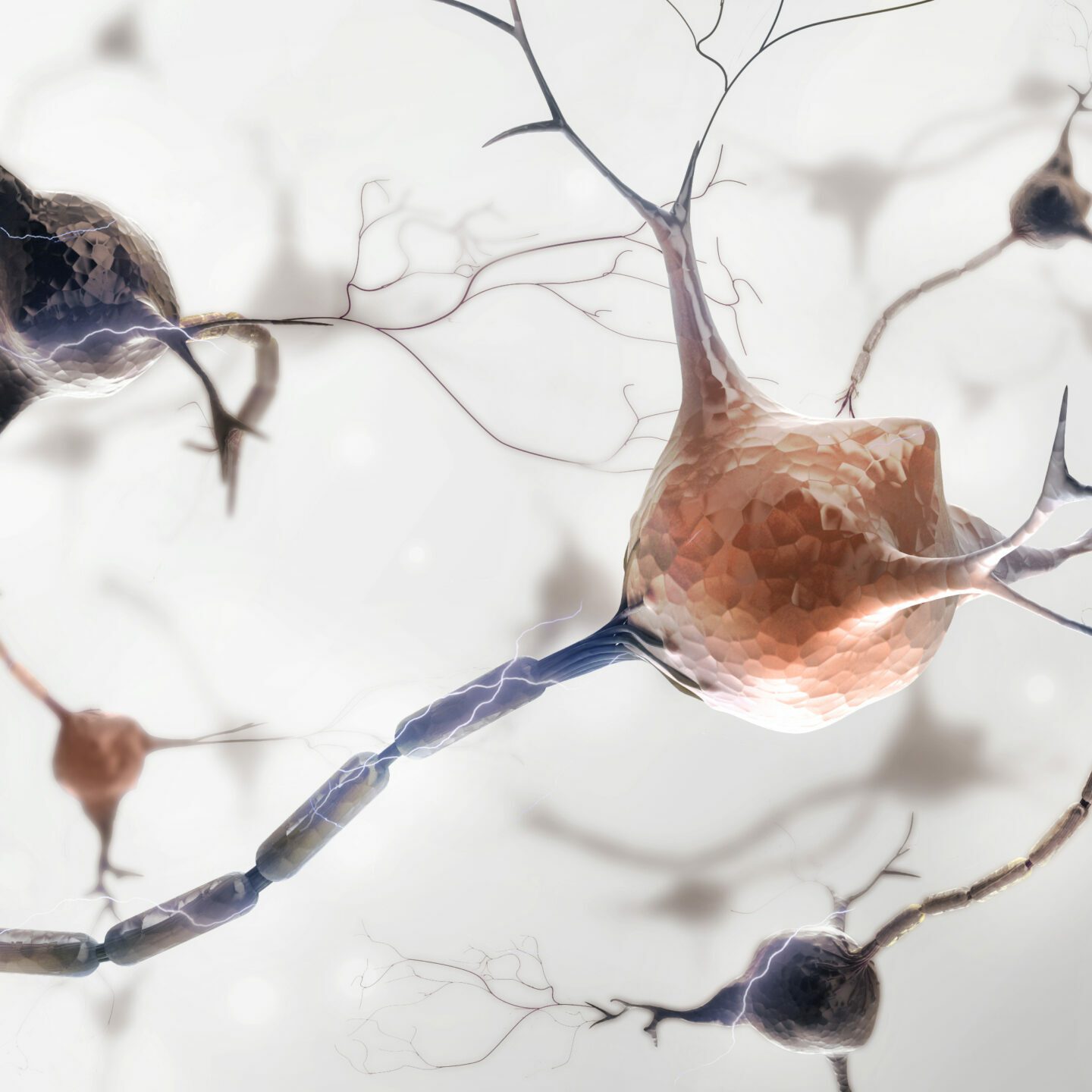The search for reliable biomarkers is a cornerstone of advancing amyotrophic lateral sclerosis (ALS) research. Biomarkers offer crucial insights into the progression of ALS and hold the key to running efficient clinical trials. These biological indicators, which can be measured through fluids like blood, urine, or cerebrospinal fluid (CSF), imaging like MRIs, or functional tests that measure speech or breathing, are essential for diagnosing ALS, monitoring its progression, and evaluating the efficacy of potential treatments. Without reliable biomarkers, it is challenging to accurately track the disease’s development and response to therapies, making it difficult to advance research and clinical care.

At our 2024 Annual Meeting, members of the Target ALS Innovation Ecosystem showcased significant advancements in identifying and developing biomarkers, providing a glimpse into the future of ALS diagnosis and treatment. The meeting brought together leading researchers and clinician scientists who presented their latest findings and innovative approaches to biomarker discovery and development. This blog explores these advancements and highlights the groundbreaking research presented, shedding light on the promising future of ALS research.
The Importance of Biomarkers in ALS
ALS is a progressive neurodegenerative disease that affects motor neurons in the brain and spinal cord, which control voluntary muscle movement. Over time, degeneration of the motor neurons leads to muscle weakness and atrophy, affecting the ability to move, speak, swallow, and eventually breathe. One of the primary challenges in ALS research is the inability to directly observe the brain’s inner workings in living patients. Instead, researchers rely on biomarkers – biological indicators that can be measured through fluids, imaging, or functional tests. Biomarkers are essential for diagnosing ALS, monitoring its progression, and evaluating the efficacy of potential treatments.
Challenges in Identifying Reliable Biomarkers
Despite their importance, finding reliable biomarkers for ALS has proven difficult. For example, while the accumulation of aggregated TDP-43 protein in the brain is a hallmark of ALS, the levels of normal TDP-43 protein in blood and cerebrospinal fluid remain the same in both ALS patients and healthy individuals. This discrepancy has made initial attempts to use TDP-43 as a biomarker challenging. However, Target ALS is funding several innovative programs aimed at developing effective biomarkers for TDP-43 and other indicators.
Progress from Biomarker Consortia
At the 2024 Target ALS Annual Meeting, several consortia presented their progress on different types of biomarker assays designed to detect pathological forms or activity of TDP-43. These advancements represent a significant step forward in the quest to develop reliable biomarkers for ALS.
Nasal Swabs to Diagnose ALS
One of the most exciting developments comes from a consortium of scientists from the University of Zurich, the University of Verona, and the Trieste International School for Advanced Studies. They have developed an assay to detect TDP-43 using nasal swabs, a method akin to how we diagnose COVID-19. This non-invasive approach is based on the detection of misfolded proteins, or prions, in the nasal cavity – a method already implemented in Parkinson’s Disease diagnosis.
Since their last update, the group has made significant progress in detecting TDP-43 using nasal swabs. This work holds the potential to revolutionize ALS diagnosis and is extremely encouraging as we strive to identify low-burden, quicker, and more accurate methods of diagnosis.
Detecting TDP-43 in the Brain
Another groundbreaking approach comes from a consortium of scientists from the University of Edinburgh, the University of Aberdeen, the Italian Institute of Technology, and Columbia University. They are developing an aptamer-based method to detect pathological forms of TDP-43 protein in the brain. Aptamers are small molecules that can bind to specific proteins, making them potentially useful for identifying biomarkers.
The consortium has successfully detected TDP-43 in postmortem tissue and is now working on adapting this technology to measure TDP-43 in cerebrospinal fluid. Target ALS has connected this consortium with an industry partner to test the aptamers in relevant animal models of ALS, a crucial step toward validating this method for clinical use.
Exploring New Biomarker Avenues
In addition to TDP-43, researchers are exploring other potential biomarkers that could provide insights into ALS progression and treatment. These efforts include studying the immune response, metabolic changes, and other physiological processes associated with ALS.
Immune System Biomarkers
Dr. Jenna Gregory of the University of Aberdeen is investigating the role of T cells in ALS. Her research focuses on reactivating exhausted T cells, which are suppressed in ALS patients. By developing an antibody to block a protein that suppresses T cell activation, Dr. Gregory aims to restore normal T cell function. She is also exploring the potential of this protein as a biomarker for ALS, which could aid in early detection and monitoring of the disease.

Lipid Biomarkers
A consortium of scientists from Ulm University, Université de Strasbourg, and the University of Alberta is investigating the role of lipids in ALS. They found a correlation between a specific lipid and the size of the hypothalamus, a brain region controlling appetite, which is decreased in ALS patients. Building on a German clinical study that demonstrated improved survival with a high-caloric, fat-rich diet, the consortium plans to launch a larger study to explore the benefits of such a diet and the potential of lipids as biomarkers or therapeutic targets.
A Bright Future for ALS Research
The advancements in biomarker research presented at the 2024 Annual Meeting highlight the progress being made in the fight against ALS. These innovative approaches to identifying and developing biomarkers hold the potential to revolutionize ALS diagnosis, monitoring, and treatment, bringing hope to people living with ALS, caregivers, and researchers alike.
As we continue to explore new avenues and refine existing methods, the goal of finding reliable biomarkers for ALS becomes increasingly attainable. The collaborative efforts fostered by Target ALS are paving the way for a future where ALS can be diagnosed earlier, monitored more effectively, and treated more successfully. This work is critical to achieving our vision of a world where Everyone Lives. To support this work, please consider making a donation.





